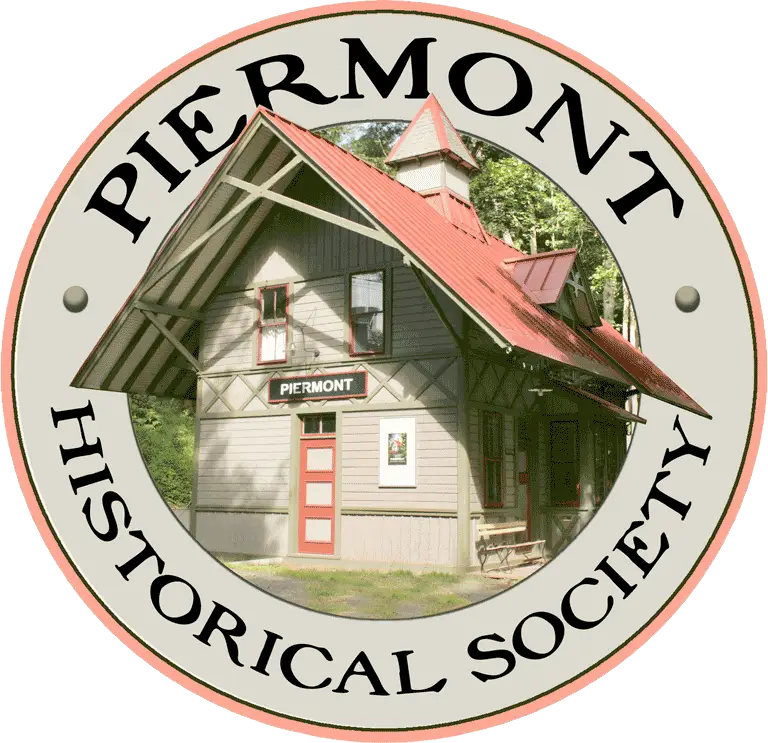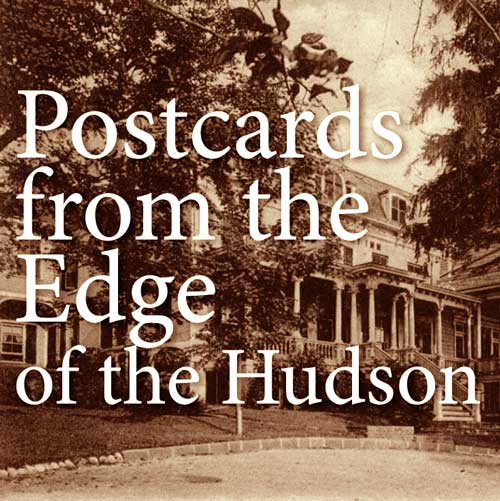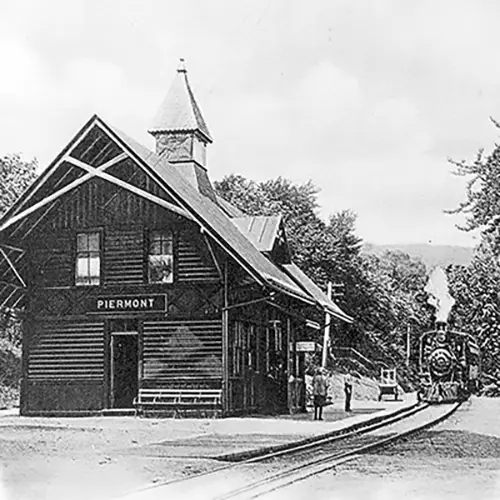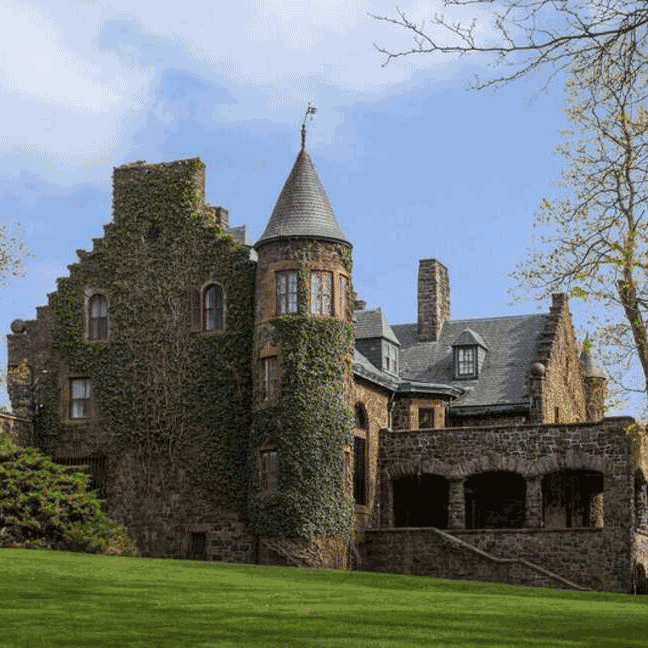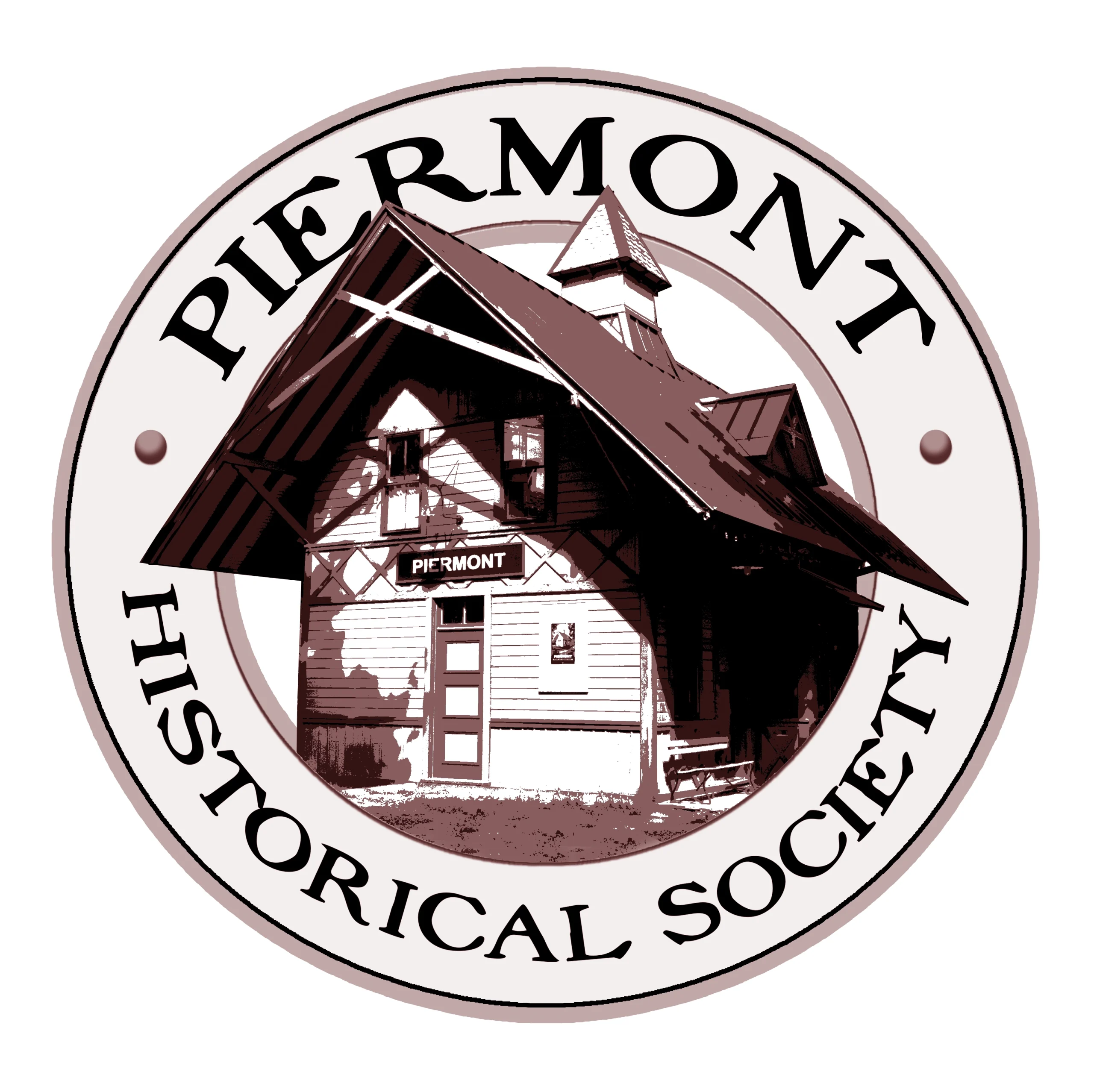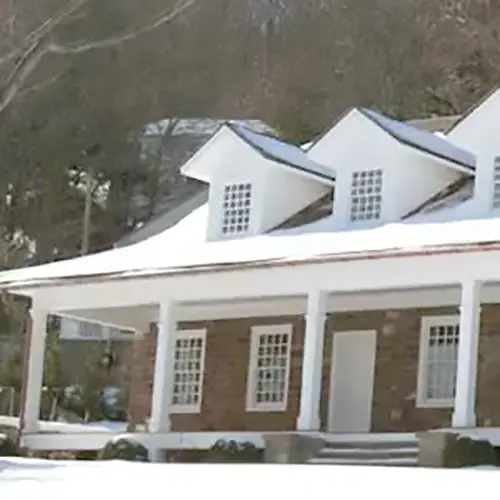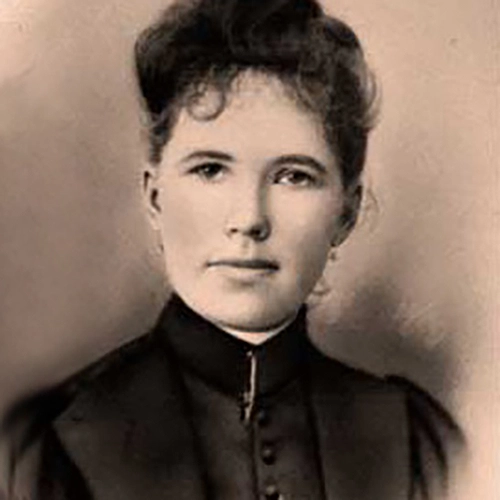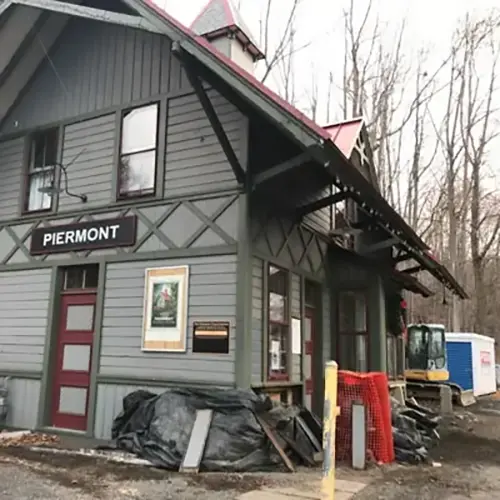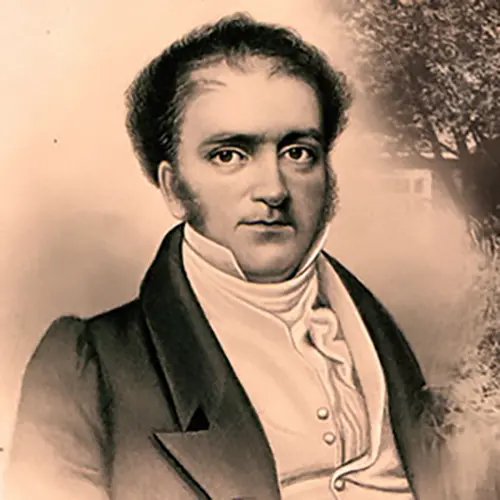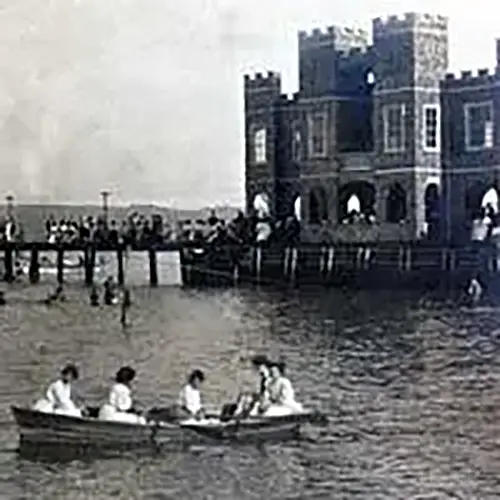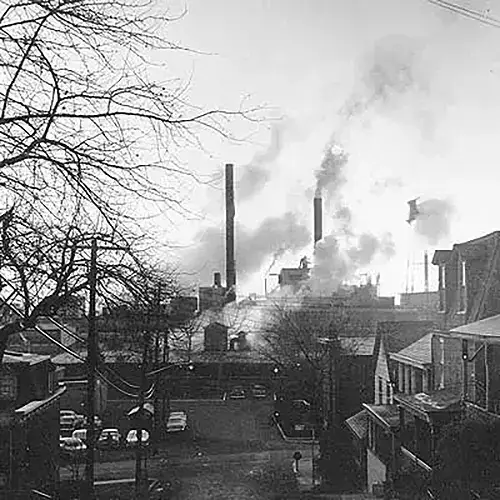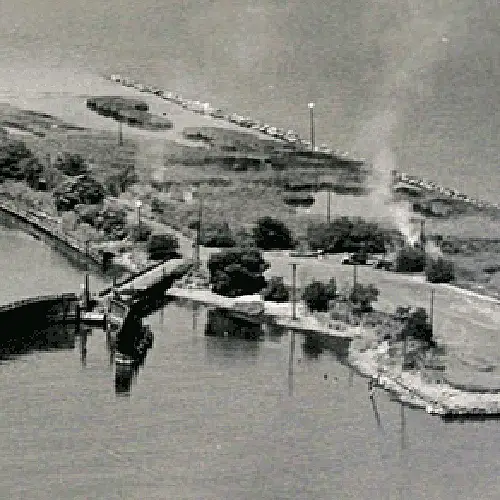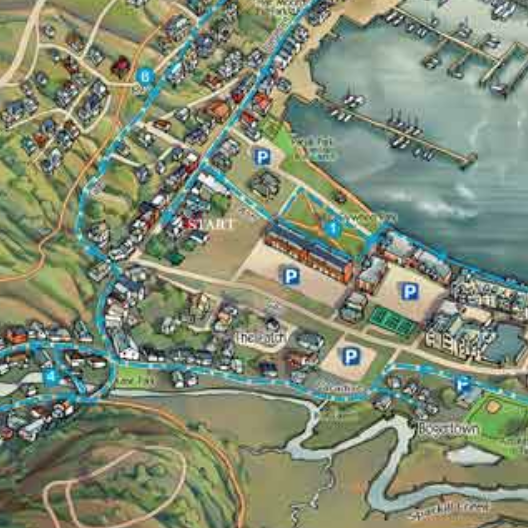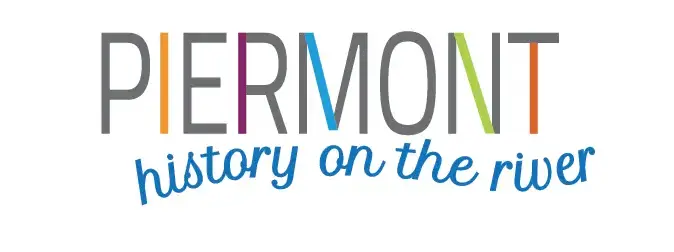
Piermont’s Papermill: Stories from the Factory
In 1901, Martin R. Williams erected the first paper mill in Piermont. The rail yards on the pier, built in 1840 by the Erie Railroad, provided transportation for supplies in and out of the village. Fresh water, needed to produce paper, was supplied from the nearby Sparkill Creek. The Piermont Paper Company began production in 1902 and for 18 years the plant produced cardboard. Its principal customer was the Robert Gair Company.
In 1920, Robert Gair purchased the mill. He had become a leader in the paper industry in Manhattan and Brooklyn after the Civil War. In 1879, after a worker accidentally cut through 20,000 paper seed bags, Gair developed a method to cut and crease cardboard in a single operation introducing the world’s first affordable cardboard box. A full day’s production was reduced to a mere two and a half hours.
Gair’s discovery revolutionized modern society. Cardboard boxes and paper fiber containers replaced bulky wooden crates and barrels. Manufacturers saw the sides of boxes as valuable ad space to sell their brand.
Retailers could sell more goods through attractive store displays. Water resistant paper bags, plates and cups decreased food borne diseases dramatically improving public health. No longer did the grocer scoop a product from an open barrel. Tin cups didn’t have to be shared at public fountains. The Piermont Paper mill and Box Factory eventually became Gair’s largest plant employing 1,300 people. The plant was a major economic driver of Piermont, adding more than a million dollars to the local economy every year.
Working conditions at the plant, however, were bleak by today’s standards. The mill could be a dangerous place. Enduring high levels of heat and noise, employees worked on machines that demanded close attention. With few air quality standards in the work place, steaming vats of pulp and hot glue vapors choked the inside of the mill. Sweltering temperatures could sometimes reach 140 degrees.
Longer than a football field and weighing hundreds of tons, the 2 paper machines in the mill were among the largest in the world. Once started, the paper machines ran day and night, churning out nearly 250 tons of paperboard in 24 hours..
In 1956, Gair sold the factories to Continental Can. Federal Paperboard bought the box factory and leased the paper mill in 1971. Two years later, Federal subleased the mill to Clevepak. Throughout all these changes, the factory continued to make paper and boxes.
For over eight decades, the hulking, sprawling complex, with its billowing smoke stacks dominated the village landscape, employing many residents and enriching Piermont’s tax base. The mill closed in 1982 and without an industry to replace it, the buildings were torn down – replaced by luxurious condos, chic art galleries, luxurious shops and world-class restaurants.

When demolition of the factory began for the present day Piermont Landing, workers struggled to remove the flywheel that had been installed in 1902 as part of the Piermont Paper Company’s steam driven electrical system. The wrecking ball just bounced off. The Flywheel stubbornly remains, in a park bearing its name, as a dignified reminder to Piermont’s industrial past.

